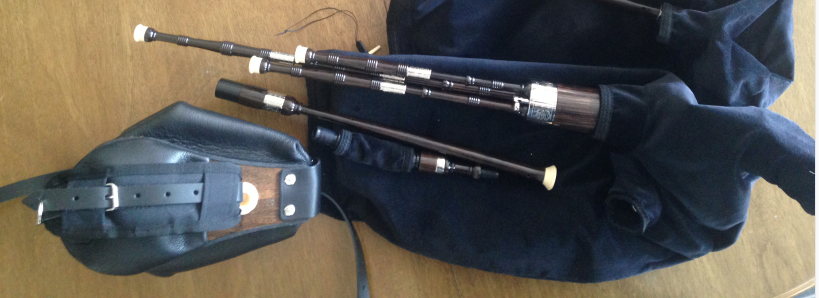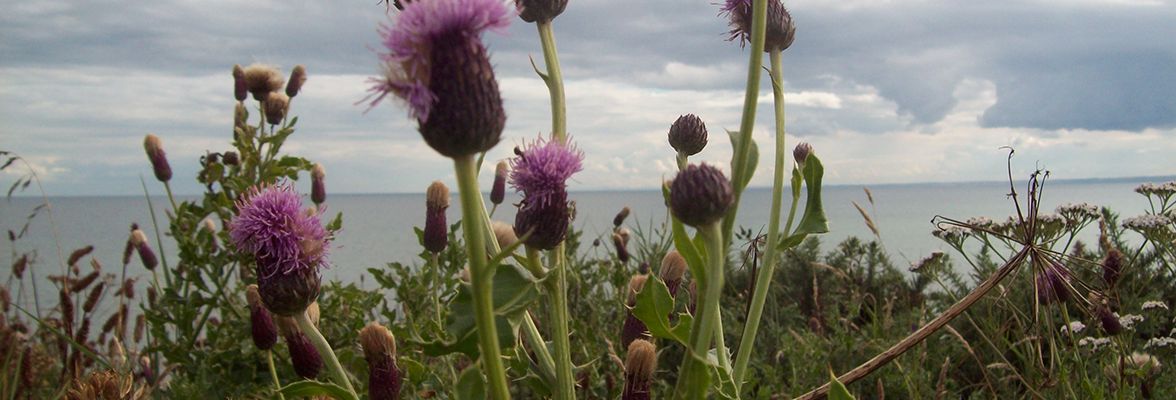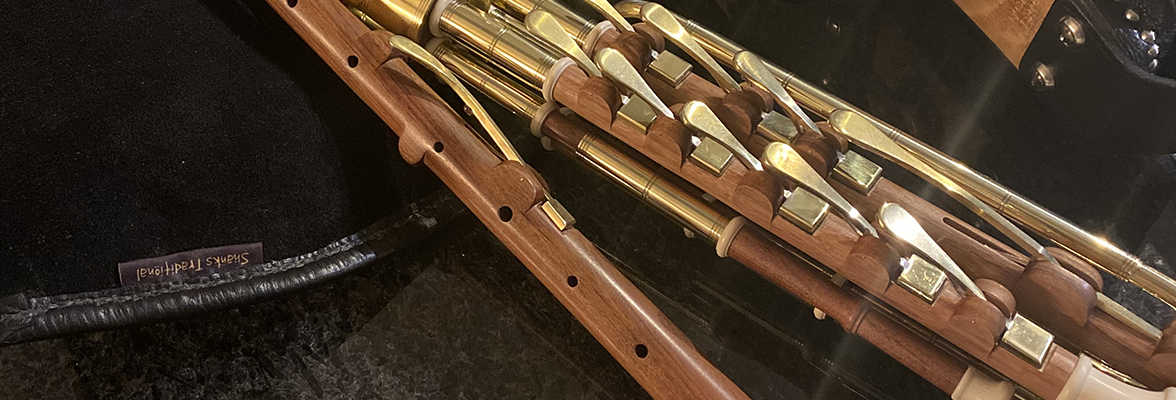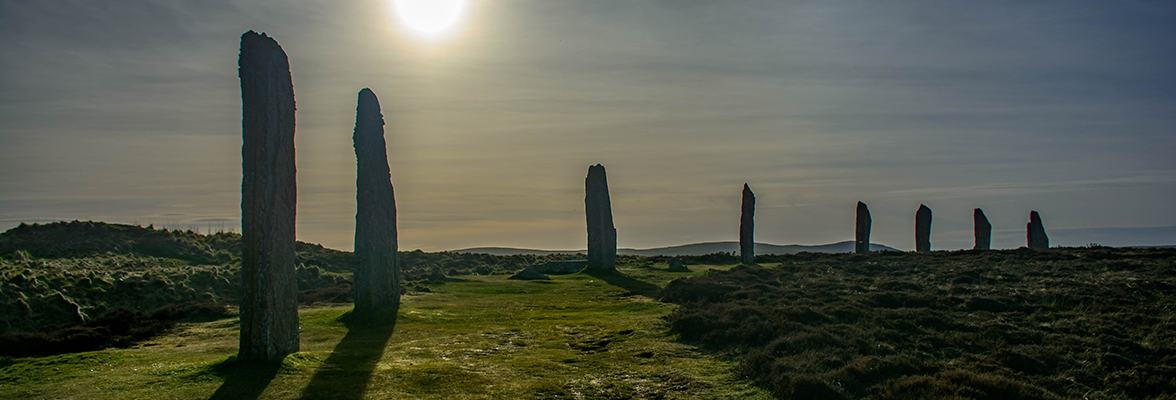 Fred Morrison Scottish Smallpipes are a beautifully crafted precision musical instrument with great sound quality. Smallpipes have a softer, mellower and sweeter sound than the Highland pipes, making them ideal for playing at home or in a group setting where volume might be an issue. The fingering technique is the same as the Highland pipes and they are increasingly popular with Highland pipers who wish to enrich their piping experience by trying something new.
Fred Morrison Scottish Smallpipes are a beautifully crafted precision musical instrument with great sound quality. Smallpipes have a softer, mellower and sweeter sound than the Highland pipes, making them ideal for playing at home or in a group setting where volume might be an issue. The fingering technique is the same as the Highland pipes and they are increasingly popular with Highland pipers who wish to enrich their piping experience by trying something new.
Fred Morrison Smallpipes are available in the keys of A or D, or incombination sets of A/D together, featuring four drones, two chanters and all the appropriate covers and connectors.
Apart from the key note, the main difference between the A and D sets is the physical size of the chanter and the quality of sound. The key of A chanter is approximately the same size as a Highland pipe chanter, but the key of D chanter is much smaller and it will take most pipers time to adjust to the smaller size and spacing of the holes. You can hear sound samples and watch Fred talk about and play both sets of pipes here:
• Introduction to key of A smallpipes on YouTube
• Introduction to key of D smallpipes on YouTube
We can supply bellows-blown or mouth-blown models. On Fred’s recommendation, the bellows-blown pipes are fitted with a specially designed synthetic bag, which help the drones to sit up across the chest and sit very well at the neck.
The luxury hand-made bellows are fully padded with plush leather cushions on the front and back to ensure comfort and ease of play. The bellows are made from the highest quality components, including a double leather skirt and beechwood paddles, to ensure many years of great playing.
Mouth-blown sets are fitted with gortex bags with a full moisture control system.
A drone switch can be added as an optional extra. Fred Morrison recommends this for the following reasons: “The drone switch is something I could not do without. It shuts off the drones with a click of the lever and is of great assistance to the piper regardless of level of expertise and experience. The learner or first time bellows player is able to shut off the drones in order to focus on achieving and maintaining a steady sound on the chanter, for example, holding a low A and striving to maintain as steady a sound as possible whilst trying a simple slow air. As the player becomes more accustomed to the bellows, he can gradually bring in the drones and repeat these exercises. The drone switch is also very useful for the advanced or professional player who can switch on a beautiful chordal sound slickly and avoid a “growling up” effect. The switch also allows the piper to start/stop cleanly – especially when playing with other instruments – to bring in the drone sound as an added texture in a musical arrangement. For players giving performances, the constant playing of the drones while the pipes are being tuned can be irritating to an audience. The drone switch is also of great benefit in allowing the piper to switch off the drones between tuning.”






